I’ve just been informed by my VMware Update Manager (VUM) that VMware has released vSphere 4.1 Update 1, including:
- vCenter 4.1 Update 1
- ESXi 4.1 Update 1
- ESX 4.1 Update 1
- vShield Zones 4.1 Update 1??
Will this be the last release of the ESX hypervisor in history? Thus far, I haven’t seen that the HP, IBM, and Dell versions of ESXi 4.1 Update 1 are available for download yet. They typically follow the VMware GA release by a few weeks.
Grab your copy now!
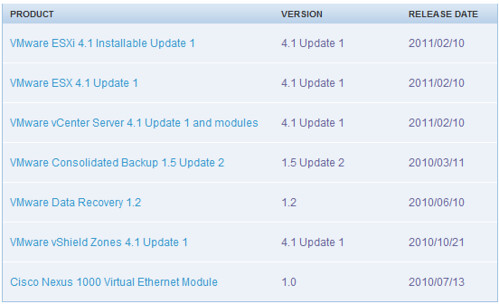
The number of patch definitions downloaded (15 critical/28 total):
ID: ESX410-201101201-SG Impact: HostSecurity Release date: 2011-02-10 Products: esx 4.1.0 Updates ESX 4.1 Core and CIM components
ID: ESX410-201101202-UG Impact: Critical Release date: 2011-02-10 Products: esx 4.1.0 Updates the ESX 4.1 VMware-webCenter
ID: ESX410-201101203-UG Impact: Critical Release date: 2011-02-10 Products: esx 4.1.0 Updates the ESX 4.1 esxupdate library
ID: ESX410-201101204-UG Impact: Critical Release date: 2011-02-10 Products: esx 4.1.0 Updates the ESX 4.1 mptsas device driver
ID: ESX410-201101206-UG Impact: Critical Release date: 2011-02-10 Products: esx 4.1.0 Updates the ESX 4.1 bnx2xi device driver
ID: ESX410-201101207-UG Impact: Critical Release date: 2011-02-10 Products: esx 4.1.0 Updates the ESX 4.1 bnx2x device driver
ID: ESX410-201101208-UG Impact: HostGeneral Release date: 2011-02-10 Products: esx 4.1.0 Updates the ESX 4.1 sata device driver
ID: ESX410-201101211-UG Impact: Critical Release date: 2011-02-10 Products: esx 4.1.0 Updates ESX 4.1 VMware-esx-remove-rpms
ID: ESX410-201101213-UG Impact: HostGeneral Release date: 2011-02-10 Products: esx 4.1.0 Updates ESX 4.1 net-enic device driver
ID: ESX410-201101214-UG Impact: Critical Release date: 2011-02-10 Products: esx 4.1.0 Updates ESX 4.1 qla4xxx device driver
ID: ESX410-201101215-UG Impact: Critical Release date: 2011-02-10 Products: esx 4.1.0 Updates ESX 4.1 net-nx-nic device driver
ID: ESX410-201101216-UG Impact: HostGeneral Release date: 2011-02-10 Products: esx 4.1.0 Updates the ESX 4.1 vaai plug-in
ID: ESX410-201101217-UG Impact: Critical Release date: 2011-02-10 Products: esx 4.1.0 Updates the ESX 4.1 e1000e device driver
ID: ESX410-201101218-UG Impact: Critical Release date: 2011-02-10 Products: esx 4.1.0 Updates ESX 4.1 net-cdc-ether driver
ID: ESX410-201101219-UG Impact: HostGeneral Release date: 2011-02-10 Products: esx 4.1.0 Updates the ESX 4.1 e1000 device driver
ID: ESX410-201101220-UG Impact: HostGeneral Release date: 2011-02-10 Products: esx 4.1.0 Updates the ESX 4.1 igb, tg3, scsi-fnic
ID: ESX410-201101221-UG Impact: Critical Release date: 2011-02-10 Products: esx 4.1.0 Updates ESX 4.1 HP SAS Controllers
ID: ESX410-201101222-UG Impact: Critical Release date: 2011-02-10 Products: esx 4.1.0 Updates ESX 4.1 mptsas, mptspi drivers
ID: ESX410-201101223-UG Impact: HostGeneral Release date: 2011-02-10 Products: esx 4.1.0
3w-9xxx: scsi driver for VMware ESX
ID: ESX410-201101224-UG Impact: HostGeneral Release date: 2011-02-10 Products: esx 4.1.0
vxge: net driver for VMware ESX
ID: ESX410-201101225-UG Impact: Critical Release date: 2011-02-10 Products: esx 4.1.0 Updates vmware-esx-pam-config library
ID: ESX410-201101226-SG Impact: HostSecurity Release date: 2011-02-10 Products: esx 4.1.0 Updates glibc packages
ID: ESX410-Update01 Impact: Critical Release date: 2011-02-10 Products: esx 4.1.0 VMware ESX 4.1 Complete Update 1
ID: ESXi410-201101201-SG Impact: HostSecurity Release date: 2011-02-10 Products: embeddedEsx 4.1.0 Updates the ESXi 4.1 firmware
ID: ESXi410-201101202-UG Impact: Critical Release date: 2011-02-10 Products: embeddedEsx 4.1.0 Updates the ESXi 4.1 VMware Tools
ID: ESXi410-201101223-UG Impact: HostGeneral Release date: 2011-02-10 Products: embeddedEsx 4.1.0
3w-9xxx: scsi driver for VMware ESXi
ID: ESXi410-201101224-UG Impact: HostGeneral Release date: 2011-02-10 Products: embeddedEsx 4.1.0
vxge: net driver for VMware ESXi
ID: ESXi410-Update01 Impact: HostGeneral Release date: 2011-02-10 Products: embeddedEsx 4.1.0 VMware ESXi 4.1 Complete Update 1
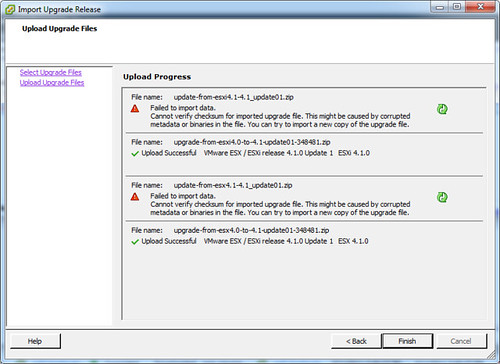

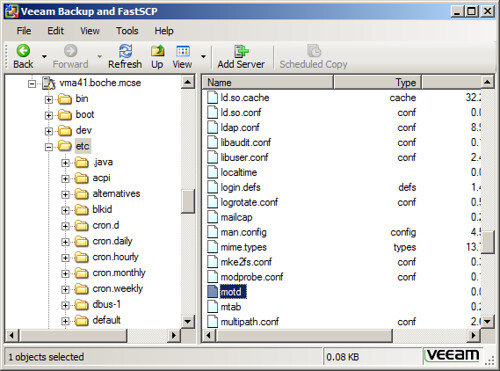
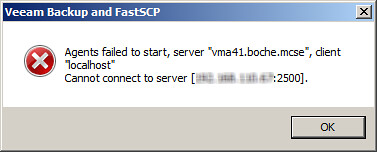



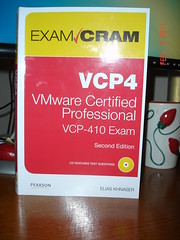


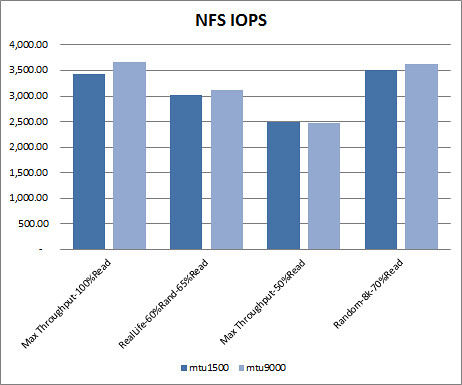

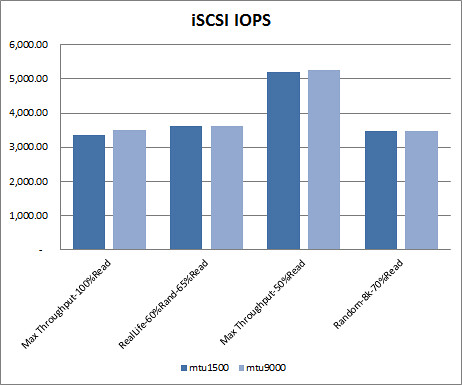

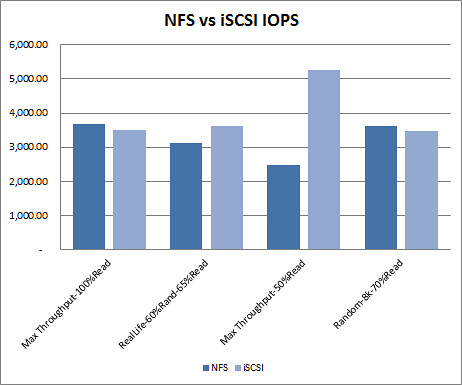
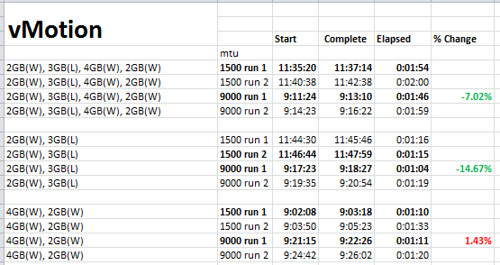
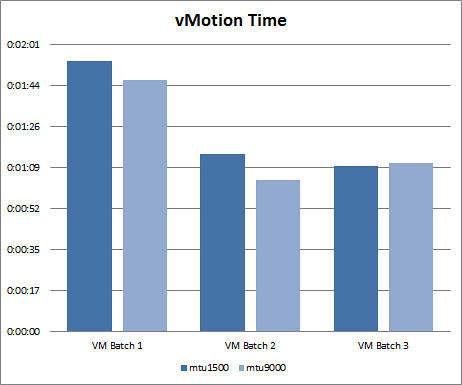
 One benefit I value working with products in an enterprise environment as opposed to strictly working on the education/instructor side of the fence is that there is no shortage of experience gained and lessons learned while working in the trenches. I work in a blend of VMware vSphere design and operations which I think is an exceptional example of
One benefit I value working with products in an enterprise environment as opposed to strictly working on the education/instructor side of the fence is that there is no shortage of experience gained and lessons learned while working in the trenches. I work in a blend of VMware vSphere design and operations which I think is an exceptional example of 














